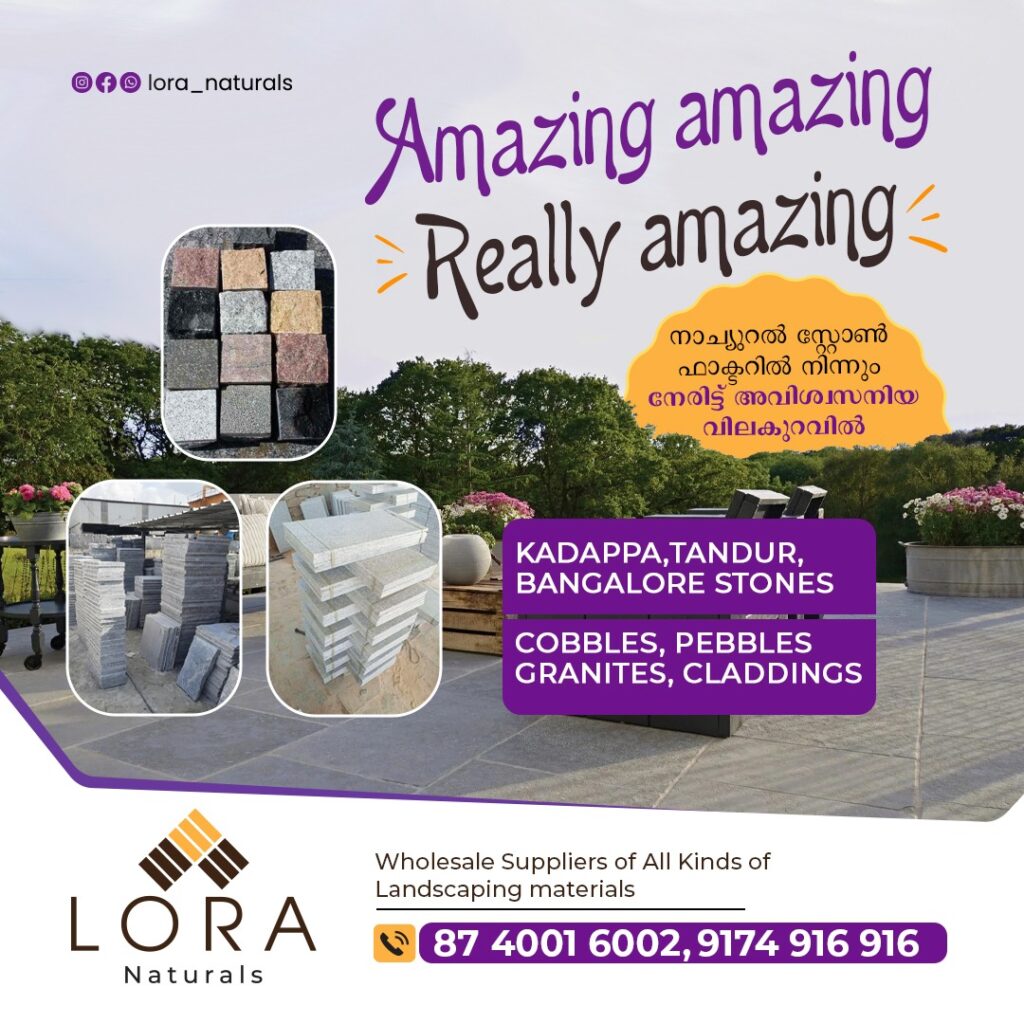Comprehensive Guide to Different Types of Stone Cladding
Stone cladding has become a popular choice for homeowners and architects looking to add a touch of natural elegance and durability to their spaces. From enhancing façades to accentuating interiors, the versatility of stone cladding makes it a timeless design feature. In this guide, we explore the various types of stone cladding to help you make an informed decision for your next project.

1. Natural Stone Cladding
Natural stone cladding involves using real stone materials cut into thin layers. This type is ideal for achieving a classic and authentic look. Stones like granite, marble, limestone, and sandstone are commonly used for cladding.
Pros:
Highly durable and weather-resistant
Unique, organic textures and patterns
Increases property value
Cons:
Heavier compared to other cladding options
Higher cost due to material and installation
Best For: Exterior walls, feature walls, and fireplaces.
2. Manufactured Stone Cladding
Manufactured stone cladding is made from a mix of concrete and other materials molded to resemble natural stone. This option is more budget-friendly and lightweight than natural stone.
Pros:
Affordable and easier to install
Wide variety of styles and colors
Lighter weight reduces structural load
Cons:
Less durable compared to natural stone
May fade over time if exposed to harsh weather
Best For: Interior walls, commercial spaces, and DIY projects.
3. Stacked Stone Cladding
Stacked stone cladding involves small pieces of stone arranged in a linear pattern, creating a textured and layered effect. This style adds depth and character to any space.
Pros:
Eye-catching texture and design
Works well in modern and rustic settings
Available in both natural and manufactured options
Cons:
Requires skilled installation for precise alignment
Can be more expensive than flat stone cladding
Best For: Feature walls, pillars, and garden façades.
4. Stone Veneer Cladding
Stone veneer cladding is a thin layer of stone applied to surfaces. It can be made from natural or manufactured stone and is designed to mimic the appearance of full stone walls.
Pros:
Lightweight and easy to install
Cost-effective
Suitable for retrofitting projects
Cons:
May lack the durability of thicker stone cladding
Limited insulation properties
Best For: Interior walls, façade renovations, and fireplaces.
5. Loose Stone Cladding
Loose stone cladding uses irregularly shaped stones to create a rustic and natural look. The stones are carefully arranged by hand for a unique finish.
Pros:
Authentic and natural aesthetic
Customizable design
Perfect for creating a rugged look
Cons:
Labor-intensive installation
Higher maintenance to prevent gaps or loose stones
Best For: Outdoor walls, garden borders, and patios.
Choosing the Right Stone Cladding
When selecting stone cladding, consider the following factors:
Purpose: Is it for aesthetic appeal, insulation, or structural enhancement?
Budget: Natural stone tends to be more expensive, but it offers unmatched durability and beauty.
Location: Ensure the stone’s durability matches the weather conditions of your area.
Maintenance: Choose materials based on your willingness to invest time and effort in upkeep.
Why Choose LORA Naturals for Stone Cladding?
At LORA Naturals, we offer an extensive range of premium natural stones and cladding materials to suit every design and budget. Our products are sourced with care, ensuring both quality and sustainability. Explore our collection at https://loranaturals.in/ and let us help you bring your vision to life.

